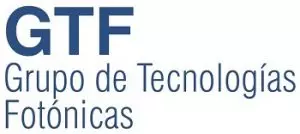Summary:
The linear topography and length of transportation infrastructure, such as roads, highways, trains, subways, tunnels, etc., make monitoring and surveillance of these systems difficult. There are significant drawbacks to using traditional technologies, such as motion sensors, loops, discrete sensor elements like radar, or low granularity distributed elements like track circuits: It prevents full and continuous coverage of the infrastructures, necessitates large investments, and adds a great deal of operational complexity by requiring the aggregation of multiple data sources with, in many cases, difficult to integrate and aggregate technologies.
To cover distances greater than 100 km with a single interrogator piece of equipment, MODITI project suggests using distributed acoustic sensing (DAS) monitoring over fiber optics. With capabilities that no other technology can match today, this monitoring will give a comprehensive picture of all infrastructure traffic in addition to providing precise metrics (occupancy, average speeds, etc.) and reporting events in real time (accidents, unscheduled stops, special vehicle tracking, etc.).
General objective:
The project’s main goal is to develop a solution that combines techniques for event detection, localization, and classification in transportation networks with its application in particular equipment. Prototypes of this solution will be put into use so that they can be used in later pilot programs and tests in various transportation infrastructures. This system will be ready to function in various long-range distributed acoustic sensing scenarios such as trains, subways, and roads.

 EN
EN ES
ES

